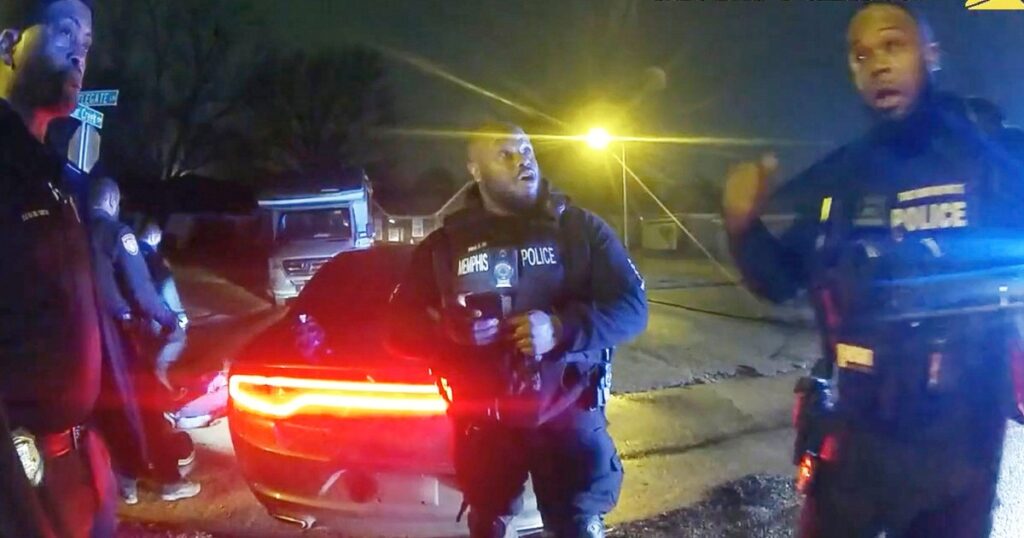Last Friday’s release of body camera footage in both the assault on Paul Pelosi and the killing of Tyre Nichols highlights both America’s fascination with body cameras — and this heralded technology’s limitations. While we crave a hard truth about the nature of policing that will make us safer and hold police accountable, these videos have failed to reassure us on either front.
America has a lurid fascination with police, who occupy a special place in the social imagination.
America has a lurid fascination with police, who occupy a special place in the social imagination. At night, we watch fictionalized portrayals of police solving crimes and getting the bad guys, sometimes in ways that are violent, fall outside the law and shock our conscience. We want the police to protect us from “the bad guys,” but the way they do it is stained by their methods. We want to be able to see behind the curtain — from a safe distance — and observe the true inner workings of an institution. We want reassurance that policing will keep us safe.
Many have tried to lift that curtain. So-called “reality TV” shows such as “Cops” and “Live PD” provided a glimpse of that world with police jumping out of cars to engage in foot chases with lights and cameras following close behind or barging into people’s homes during their worst moments. But these shows focus entirely on moralizing narratives and crafty editing that always celebrate the police. They fail to reveal that darker truth that we know lies beyond the bright lights.
In the wake of the police killings of Michael Brown, Eric Garner, Tamir Rice and so many others in 2014, Americans were told there would be a new way to know what really happened; to see with our own eyes the truth of policing. Officer-worn body cameras would finally lift the curtain. Millions of dollars have been poured into this technology, which is now widespread. Police departments said that the presence of cameras would both…
Read the full article here





